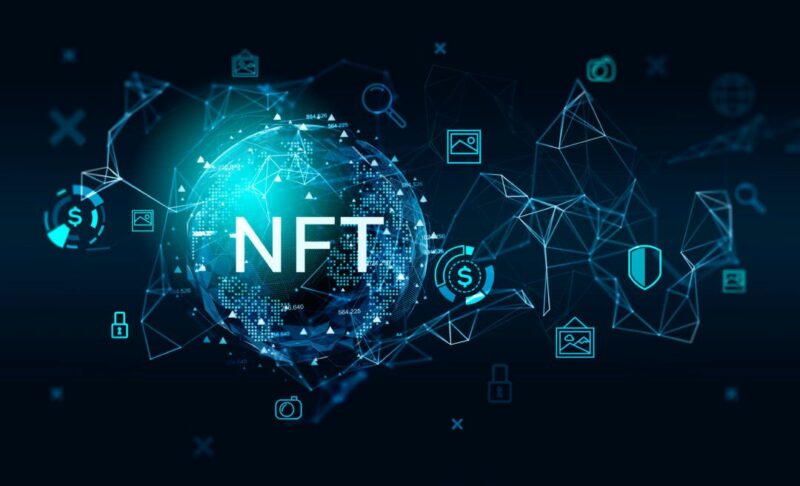Quick take:
- A new report by dappGambl indicates that 95% of NFT collections are now worthless.
- Web3 projects and brands continue to drop new collections with exciting utility offers.
- The SEC is hunting down non-registered securities disguised as NFTs.
The non-fungible token (NFT) market has experienced a significant decline in NFT prices, with floor prices falling to zero. This has led some to suggest that NFTs are dead, with 95% of the collections in the industry now deemed worthless.
According to the report by dappGambl, of the 73,257 NFT collections the publisher looked at, 69,795 of them have a market cap of 0 Ether (ETH).
However, while some collections’ market caps may have fallen to 0.00 ETH, brands and Web3 creators continue to drop new collections, but this time with utility attached to them. Something they hope will keep their communities interested for a longer period.
In 2021 and early 2022, when the NFT industry was booming several players jumped in because of the fear of missing out or “FOMO”, thus offering collections with no prospect for longevity.
But just like most industries, those who join without a clear plan because others have done it end up getting phased out in the long run. Those who pioneered NFT PFPs continue to hold strong, and a good example, in this case, is the Cryptopunks NFT collection.
Created in 2017, the collection has maintained good floor price levels throughout the bear market, while most of its peers as discussed previously have struggled to keep up.
While NFT PFPs still dominate the market in terms of market capitalisation, the industry seems to be leaning more towards NFTs that offer utility to buyers.
Utility NFTs are digital collectibles that grant holders access to real-world experiences like entry into exclusive events, merchandise, and points that can be redeemed for gifts and tickets, among others.
This concept of using NFT technology has drawn more brands to the industry as they look to build deeper relationships with their customers.
Even traditional Web3 companies are using the same approach to reward their communities with real-world experiences, a good example in this case is Yuga Labs, which is leveraging its reach portfolio of NFT PFPs for new gaming experiences.
This is not the first time a crypto-vertical became a buzz before interest dwindled a few years later. References to the Initial Coin Offering (ICO) boom of the mid-2010s come to mind. Is the ICO industry dead? Just like in the case of NFTs, some may say yes.
Yet, recently Japanese local media reported that the country’s government plans to allow startups to raise funds by issuing cryptocurrencies, instead of stocks. Soon after, Delphi Labs posted a long post on X seeking to hire a new CEO who “will make ICOs great again.”
The unpredictable regulatory environment has played its part in the collapse of the crypto market, clearer regulations could lead to a more defined industry with good prospects for longevity.
A good example in this case is the recent Securities and Exchange Commission crackdown on crypto, and especially NFTs, that has seen at least two companies agree to pay millions in fines. First, it was Impact Therapy, which agreed to pay $6.1 million to the commission and then Mila Kunis’ Stoner Cats NFTs project was fined $1 million.
The SEC argued in both cases that the projects were selling unregistered securities, which violated its securities trading rules. The US capital markets regulator is going after NFT projects that offer buyers an opportunity to profit from the project by holding their NFTs.
While this is a clever way of trying to keep hold of an NFT community, and thus boost the value of the project, it is not legal in the SEC’s books.
As the NFT industry moves from a nascent stage to maturity, casualties are inevitable and the collections that have seen their market caps drop to zero are good examples. However, utility seems like an attractive feature for both brands and traders and this could be what brings NFTs to the masses.
****
Stay up to date:
Subscribe to our newsletter using this link – we won’t spam!





